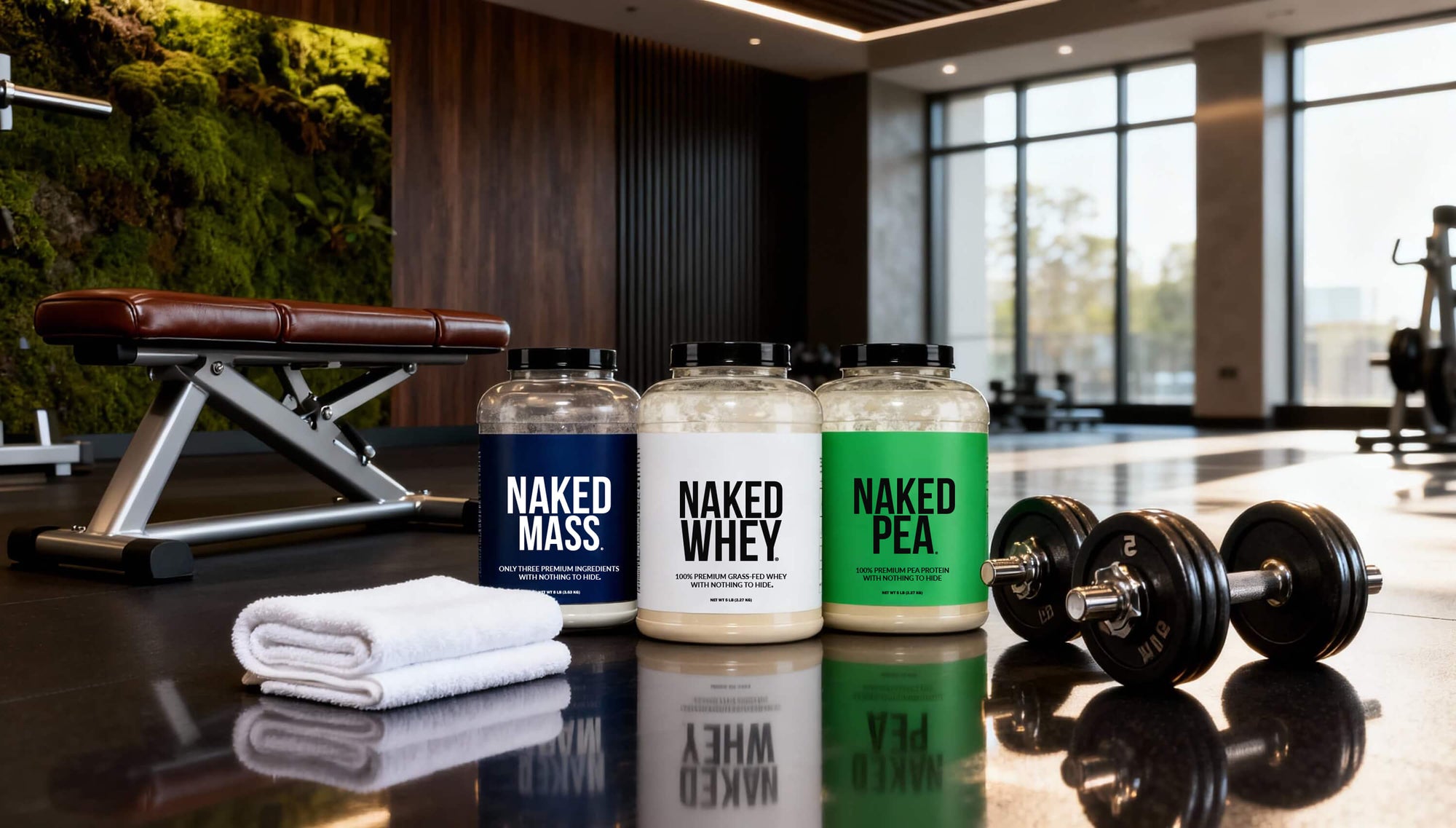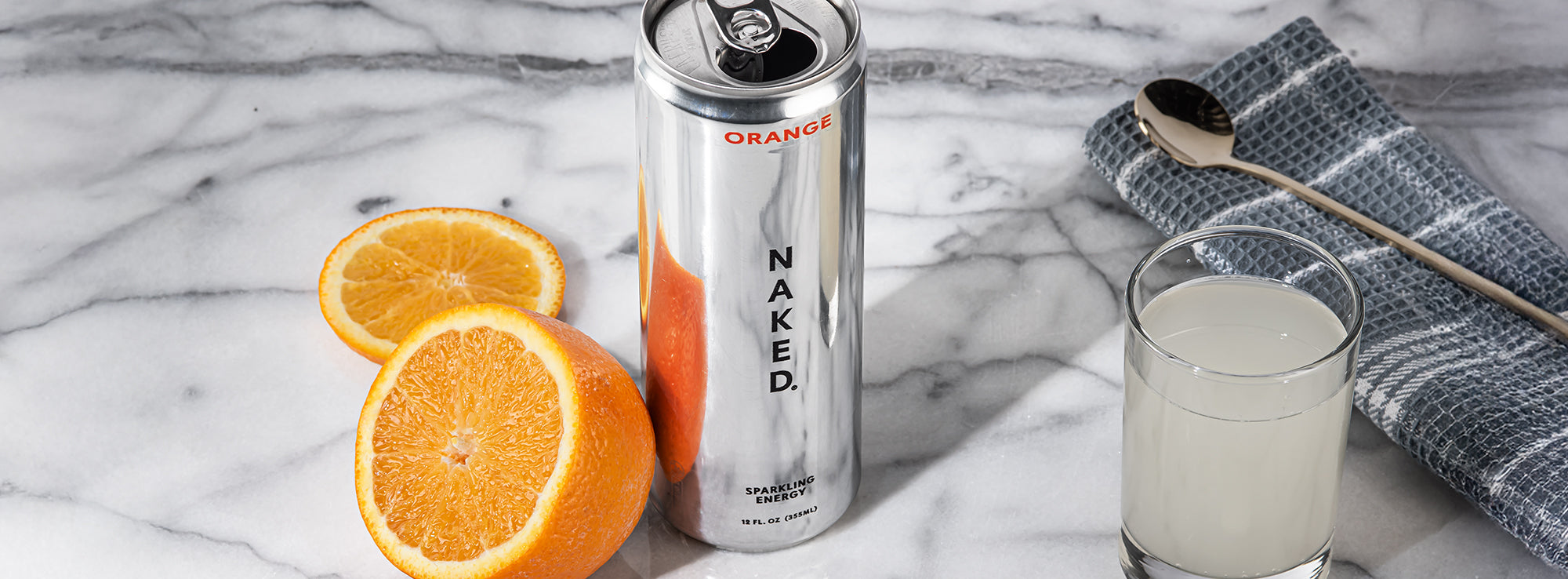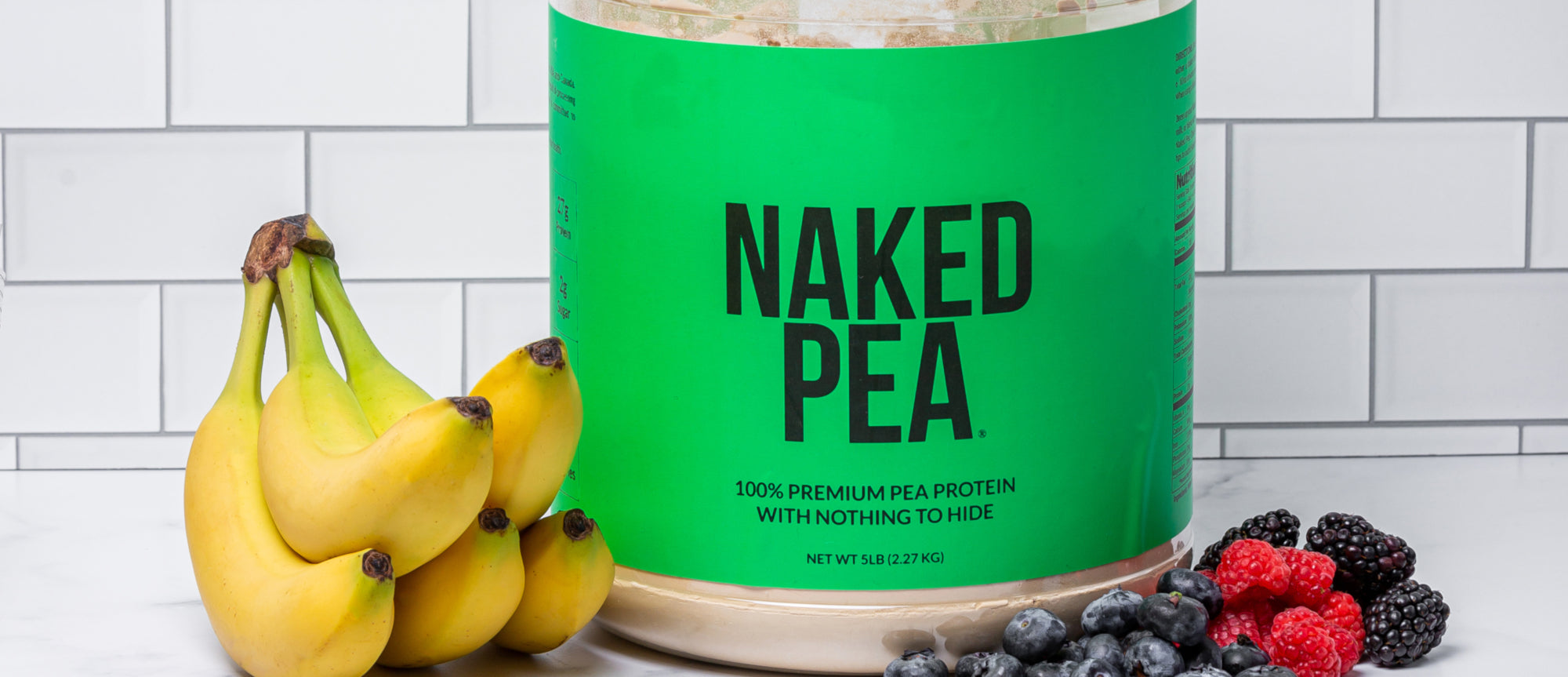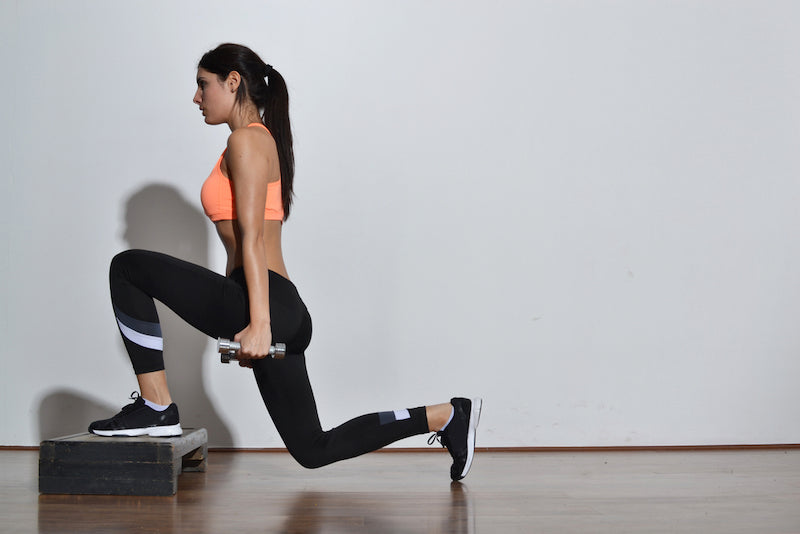If you can’t get into the squat rack, but you really don’t want to skip leg day, don’t worry.
When it comes to barbell vs dumbbell workouts, there are a ton of great dumbbell exercises that will give you a lower-body pump.
You might even find the benefits of using dumbbells for legs so good that people doing bicep curls in the squat rack don’t bother you anymore.
Read on for everything you need to know to put together a killer dumbbell-only leg workout.
10 Powerful Dumbbell Leg Exercises
These ten exercises are perfect if you want to get an amazing leg workout with dumbbells:
-
Sumo Squats
-
Goblet Squat
-
Bulgarian Split Squats
-
Dumbbell Jump Squats
-
Single Leg Deadlift
-
Dumbbell Lunges
-
Lateral Lunge
-
Calf Raises
-
Dumbbell Step-ups
-
Dumbbell Thrusters
Let’s expand on these exercises now.
Sumo Squats
Fear not if your gym’s squat rack is never free. You can do many effective squat variations with just dumbbells.
Dumbbell sumo squats are an excellent way to work the quads and adductor muscles, without putting stress on your back.
Like a sumo wrestler, start with your legs wide, torso upright, toes pointed slightly outward.
Hold a heavy dumbbell (or two dumbbells, one in each hand) in between your legs at waist height. Lower until your knees are at a 90-degree angle, and come back up to finish the movement.
Goblet Squat
The goblet squat is another great squat variation that’s perfect for doing with dumbbells.
It targets your lower body (legs, glutes, etc) as all squats do, but with extra benefits for the arms and core. It's sort of of like a full body dumbbell workout.
Stand with feet shoulder-width apart, and hold a dumbbell in front of your chest with both hands. Keep your back neutral and eyes forward, and lower yourself in a classic squat movement.
Start off with a light weight so you don’t overload your core, and get progressively heavier as you get more comfortable with the movement.
Bulgarian Split Squats
Dumbbell Bulgarian split squats are amazing for building size, strength and balance in the legs.
This is a single-leg exercise, isolating each leg in one set. For the movement, stand about two feet in front of a bench, step, box, char or any other raised surface, with dumbbells in each hand, palms facing inward.
Start with either leg you want (let's say the right). You'll put your left foot back on the bench, and balance on the right leg. With your feet hip-width apart, squat on the right leg, keeping your chest high and eyes looking straight ahead.
Rise back up to the starting position to finish the rep. Do one set, then switch position and repeat for the left leg.
This exercise isolates the key leg muscles a lot better than other squats, and provides huge benefits for functional strength, balance, and mobility.
Dumbbell Jump Squats
One more dumbbell squat variation you should consider is a jump squat.
Jump squats are great for athletes, as they help you build explosive power. They’re perfect for combat sports athletes, football players, basketball players, or anyone else who requires this short-area explosiveness.
Stand with dumbbells in each hand, at your side. Lower into a squat, and as you go up, explode to lift your feet off the ground, as high as you can. Repeat for a full set, trying to ensure a soft and controlled landing after each rep.
Single Leg Deadlift
Along with squats, you can do deadlifts and deadlift variations with only dumbbells.
One that’s perfect for a dumbbell leg workout is the single leg deadlift.
Stand straight, and hold a dumbbell in each hand. Lift one foot a little off the ground and raise it behind you, at the same time lowering the dumbbells towards the ground.
Ensure your back is straight, back leg extended, and the movement centered around a hinging motion from your hip.
Do one set on one leg, and then repeat for the other. Focus on getting your form right, and increase weight as you get more comfortable.
Dumbbell Lunges
This exercise targets the glutes, hamstrings, quads, and is also great for core strength and stability.
It’s a simple movement. Just stand with feet hip-width apart, knees slightly bent, and hold two dumbbells at your side, palms facing inwards.
Step forward with the right leg, until the left knee is just about on the floor. Return to the original position and repeat, doing both legs (you can alternate legs rep-by-rep, or do a full set for each).
You can do this as a reverse lunge instead, or do both forward and reverse lunges in the same workout. Reverse lunges primarily target the hamstrings, while the forward lunge works the quads more. Forward lunges are also harder on the core, whereas the reverse lunge movement is more stable, potentially allowing you to do more weight.
Lateral Lunge
The lateral lunge is a lunge variation that’s a little different to the classic reverse/forward lunge.
This is great for building big thighs, as well as rock-solid balance and stability.
Start standing, with dumbbells in front of you in each hand. Step out to one side, bending the leg on that side while keeping the other straight. Lower yourself until the bent leg is at a 90 degree angle, and return to the starting position.
Repeat for each leg. Focus on staying slow, smooth, and in control the whole way.
Calf Raises
You’ll start standing on the edge of a surface, a couple of inches off the ground (this could be a step, a plate, or anything else). Have the balls of your feet on the surface, while your heels are lower, on the floor.
Hold dumbbells by your side and push through the balls of your feet, lifting your heels up. Focus on contracting your calves for a slow, controlled movement up and down.
Dumbbell Step-Ups
Dumbbell step-ups are great for building big legs and glutes, as well as balance and functional strength.
Start in front of a bench, dumbbells in hand at each side, with one foot on the bench. For each rep, keep the spine neutral, press through your heel (the one on the bench), and lift yourself up to stand with both feet on the bench.
Lower yourself back into the starting position. Finish your set, then repeat for the other leg.
Dumbbell Thrusters
Finally, dumbbell thrusters are an incredible way to get a full-body workout, and build strength, size and power.
Start in a standing position, dumbbell in each hand, each by your shoulders, palms facing inwards.
You’ll lower yourself into a squat, then push up into a standing position and at the same time extend your arms up in a pressing movement.
You can either go slow and controlled with this movement to get more time under resistance (great for hypertrophy), or go faster (ensuring your form stays correct) to build power and cardio as well as strength and muscle.
Can You Build Big Legs With Only Dumbbells?
It’s definitely possible to build big, strong legs with dumbbell exercises.
You could argue dumbbells are even better for building legs than barbells or machines, as they give you more versatility. You can isolate specific parts of the lower body, including working each leg individually, and there are more functional movements possible with dumbbells.
If you really want to dedicate yourself to building all-round strength and definition in the lower body, dumbbells are the way to go.
Advantages of Dumbbell Leg Exercises

We touched on it briefly just now, but let’s go a little deeper into the advantages of using dumbbells for legs.
Convenient and Versatile
First, dumbbells are convenient and versatile. You don’t need a squat rack or a machine - whether you use the free weights at your gym, or you have a set of dumbbells at home, it’s much easier to fit a dumbbell leg workout in when leg day comes around.
They’re also super versatile, allowing you to do a range of different movements without being constricted by something like a barbell.
Great for Coordination, Mobility and Stabilizing Muscles
Using dumbbells requires a focus on stabilization, engaging the core and stabilizer muscles (like the adductors and hip flexors).
This makes dumbbell exercises amazing for building functional strength, range of motion and coordination, which benefits you in many more ways than just getting ripped quads. You'll even get a bit more of a workout for the upper body with some of the exercises shown above.
Less Stress on the Spine and Joints
Regular barbell squats are a great exercise, there's no argument there. But squats can also be somewhat dangerous, particularly if you have a bad back or knees.
Dumbbells give you a ton of alternative ways to target the legs without loading a huge weight on your body, reducing the risk of injury to the spine and joints.
Training One Side of the Body
Training with dumbbells allows you to isolate one side of the body, and train each side separately.
This is good for a couple of reasons. First, it lets you get a better workout and more gains on each leg by giving each more attention.
It also allows you to correct muscle imbalances, or train harder on a specific leg if necessary (for example, for athletes who need strength in one leg in particular, or if you’re recovering from an injury in one leg).
Disadvantages of Using Dumbbells for Legs
There aren't many disadvantages to dumbbell leg exercises.
There are only two potential downsides. First, it may take longer to complete your workout, since a lot of exercises require you to do 2x the reps (one set for each leg).
It’s also harder to lift really heavy weights with dumbbells, as you’re limited by your core and stabilizers. Barbell squats or machines provide added stability, which means you can really crank up the weight, which allows you to build raw muscle mass easier.
That’s not to say you can’t build muscle mass with dumbbells. But it’s certainly more efficient to do so with other exercises.
How Heavy to Go with Dumbbell Leg Exercises
There’s no rule of thumb that fits everyone here - each person has their own capability for how much they can lift.
In general, you want to stay on the lighter side for a dumbbell leg workout. Form is really important, and it’s harder to keep your form correct with dumbbells.
Start light, getting your form perfect before you start to increase the weight.
When you do, look for the sweet spot where you’re getting fatigued towards the end of your set, but not so much that you can’t maintain your form.
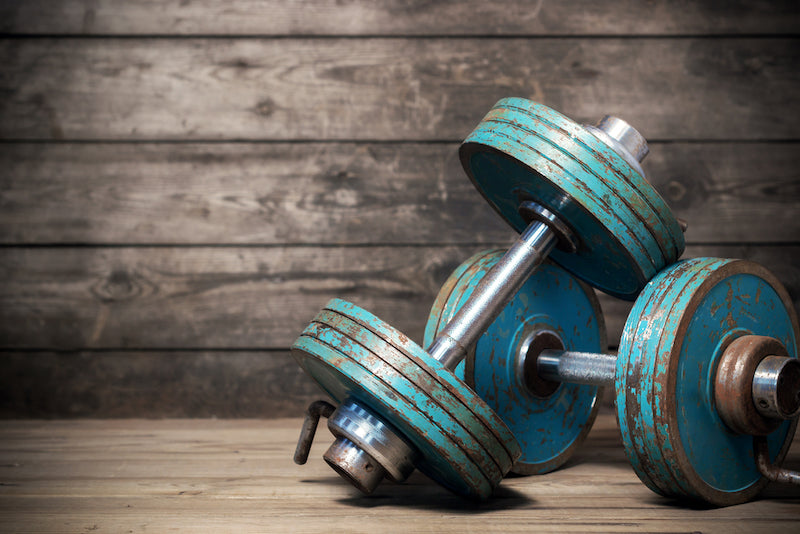
Who Should Do Dumbbell Leg Workouts?
Dumbbell leg workouts are good for anyone who wants to build a strong, powerful lower body.
In particular, these workouts are great for athletes, anyone interested in building functional strength and mobility, or people with injuries or other conditions that require you to train a certain way.
If you have back or knee injuries, for example, you may still be able to train your lower body using dumbbells, but barbell squats would be an absolute no.
Outside of these groups, dumbbell leg exercises are just a perfect fit for you if you want the convenience and versatility of working out with dumbbells, and not having to wait around for a squat rack or leg press machine to free up.
Instead, you can do your leg day anytime, anywhere, so long as you’ve got a set of dumbbells and a little free space.








